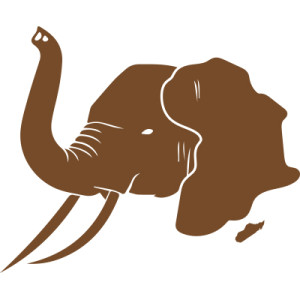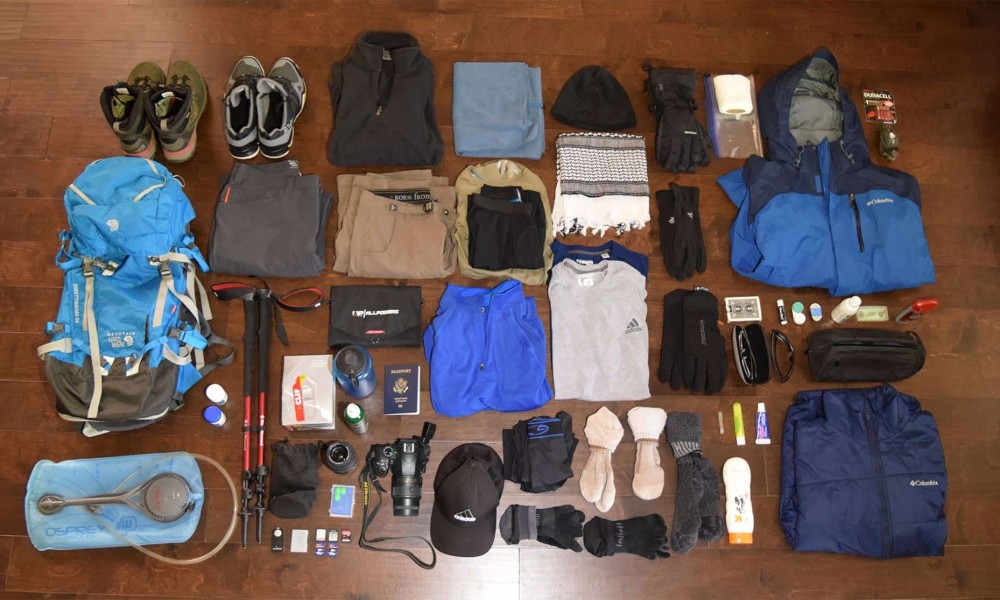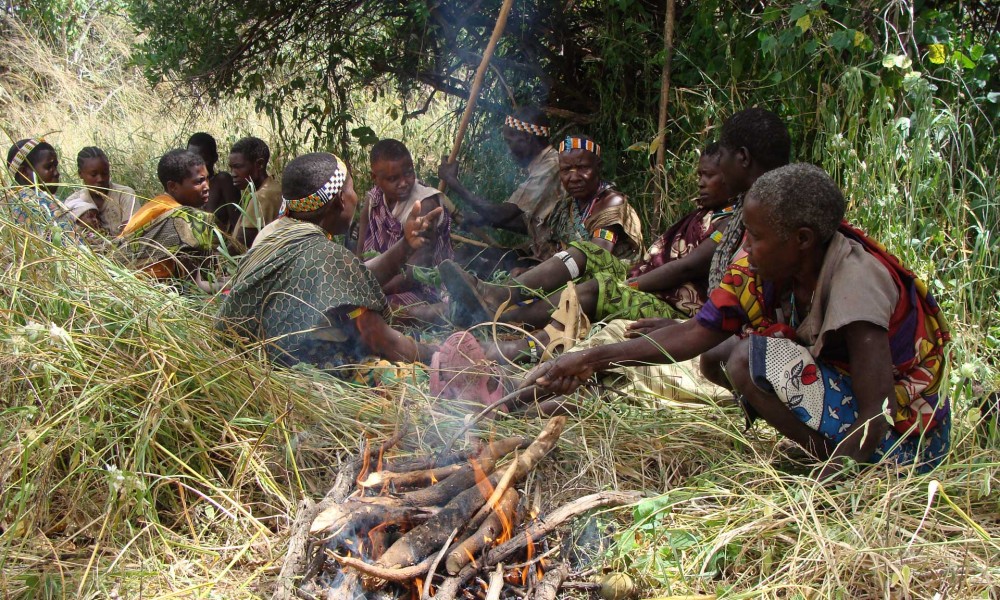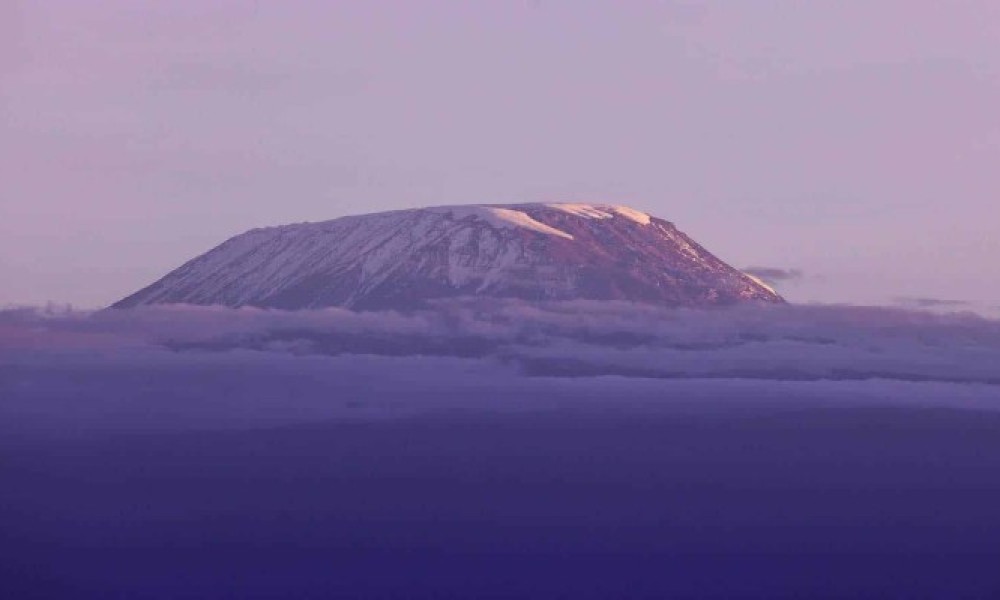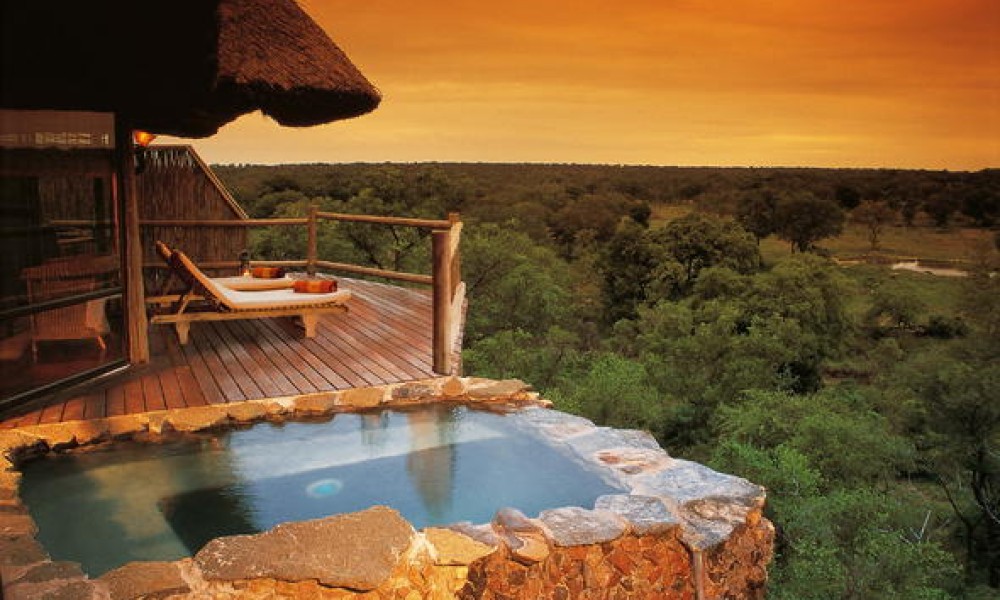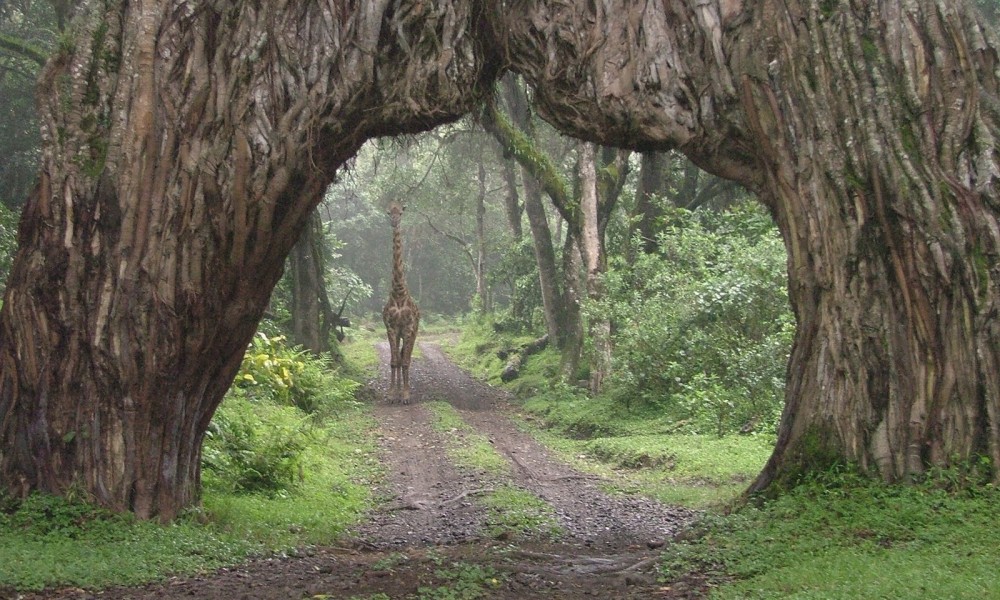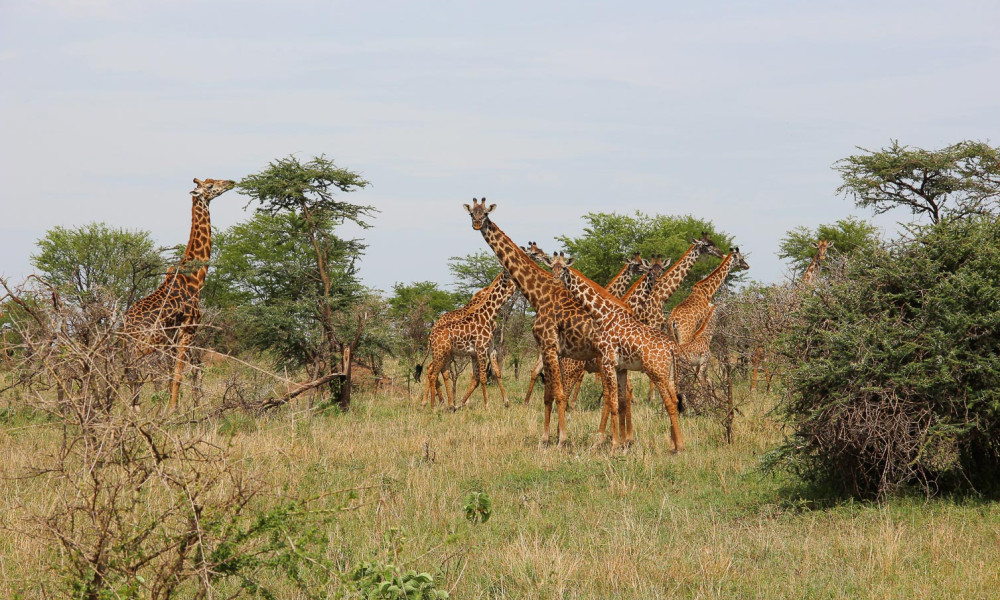Gody
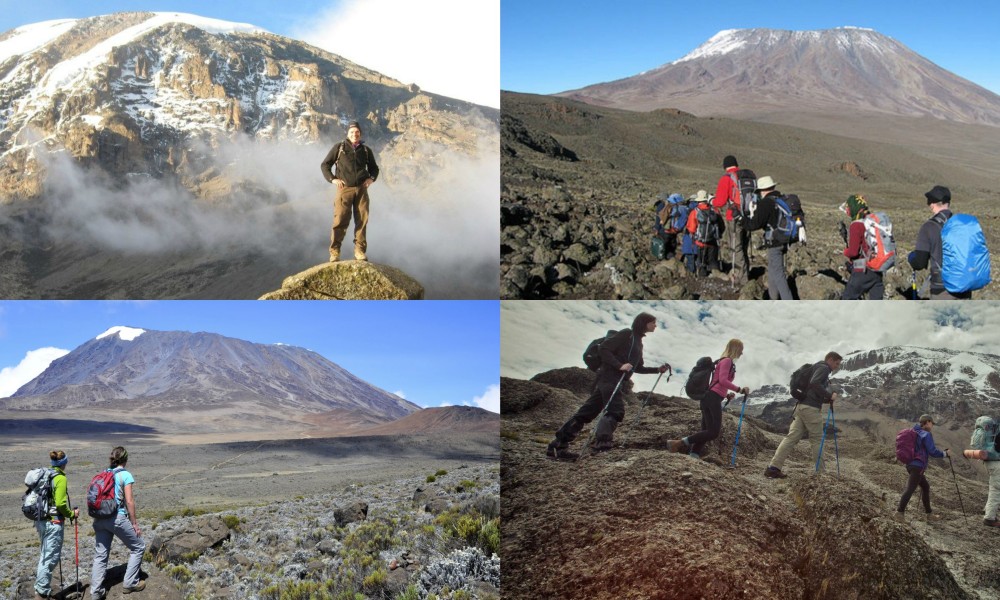
Kilimanjaro Equipment Guide
What equipment do I need to climb Kilimanjaro?
Having the correct clothing & personal equipment will make your Kilimanjaro climb more enjoyable and comfortable and ultimately increase your chance of a successful summit. We are fully aware that with all the different information and Kilimanjaro equipment lists out there, acquiring the correct gear can become very confusing and frustrating. To help you through this aspect of your planning, we would advise you to read through our Kilimanjaro Equipment guide. It is based on our first-hand experience and will walk you through the essentials and “good to have`s” for your trek.
CLOTHING
Learn About Layering
HEADGEAR
Protect your head & face
HANDWEAR
Protect your extremities
FOOTWEAR
Which boots should I wear?
EQUIPMENT
Which equipment is essential?
ACCESSORIES
Small things count!
Where do I start?
You can begin by browsing through each section of this page to start planning your equipment requirements. To help keep track of your progress you can download our KCC Equipment guide and checklist.
CLOTHING
While climbing Kili you will be trekking through 5 climatic zones. To ensure that you remain perfectly comfortable in each zone, it is important for all climbers to understand how to best dress to cope with the mountain weather and critical that you understand the concept of layering with your Kilimanjaro Clothing.
Wearing clothing layers is dressing in multiple garments (layers) in order to regulate your body temperature so that you do not overheat or become too cold. The clothing should transport sweat away from your skin to keep it as dry as possible, at the same time as it keeps your body warm.
You regulate your temperature by taking off or putting on layers of clothing. Wearing multiple layers of thin clothing keeps you warmer than if you are wearing a few bulky clothes.
Regulate your temperature by taking off or putting on layers of clothing
The clothing layers that together wick moisture, insulate, and protect from wind and rain, fall into three categories:
Base layer – Moisture Management
Mid layer – Insulation
Outer layer – Weather Protection
Kilimanjaro-climbing-company-layering-system
BASE LAYER - Moister Management
This is your next-to-skin layer. It helps regulate your body temperature by moving perspiration away from your skin. Keeping dry helps you maintain a cool body temperature in the summer and avoid hypothermia in the winter. A base layer can be anything from briefs and sports bras to long underwear sets (tops and bottoms) to tights and T-shirts. It can be designed to fit snugly or loosely. For cool conditions, thermal underwear is available in light-, mid- and expedition weights.
MID LAYER - Insulation Management
The insulating layer helps you retain heat by trapping air close to your body. Natural fibers such as wool and goose down are excellent insulators. Merino wool sweaters and shirts offer soft, reliable warmth and keep on insulating even when wet. For very cold and dry conditions, goose down is best. It offers an unbeatable warmth-to-weight ratio and is highly compressible. Down’s main drawback is that it must be kept dry to maintain its insulating ability. A new innovation—water-resistant down—promises to change this.
OUTER LAYER - Weather Protection
The shell or outer layer protects you from wind, rain or snow. Shells range from pricey mountaineering jackets to simple windproof jackets. Most allow at least some perspiration to escape; virtually all are treated with a durable water-repellent (DWR) finish to make water bead up and roll off the fabric. An outer shell is an important piece in bad weather, because if wind and water are allowed to penetrate to your inner layers, you begin to feel cold. Furthermore, without proper ventilation, perspiration can’t evaporate but instead condenses on the inside of your shell
Upper Body
Thermal base layer: 1 x thermal base layer, ideally made from merino wool. Recommended brand is Icebreaker
Short-sleeved shirt: 2 x lightweight, moisture-wicking short-sleeved shirts. Recommend brands include Icebreaker, Under Armour, Columbia, Berghaus
Long sleeve shirt: Go for a light or medium weight, moisture-wicking long sleeve shirt (x2). Icebreaker, Berghaus and Under Armour make great breathable trekking shirts.
Fleece or soft shell jacket: A mid-weight polartec fleece jacket is ideal for Kilimanjaro. Berghaus, Helly Hansen and The North Face all make great fleeces
Insulated jacket: A good quality and warm down or primaloft jacket is required for the cold nights and summit push. Recommended brands include The North Face, Rab, Arc'Teryx and Mountain Hardwear
Hard shell outer jacket: A water/windproof hard shell outer jacket to protect you from the elements. Goretex material is best. Recommended brands include The North Face, Arc'teryx, Berghaus and Mountain Hardwear
Lower Body
Leggings: Thermal or fleece base layer for your legs. Merino wool is preferable. Recommend brand is Icebreaker.
Trekking trousers: Light or medium weight (x1) trekking trousers. Convertible trousers are an option. Recommended brands include Craghoppers and Columbia
Hard shell trousers: To protect yourself from the elements you need a good pair of waterproof / windproof hard shell trousers. Ideally Goretex. Patagonia, The North Face and Arc'Teryx all make good outer trousers
Back to Top
HEADGEAR
Protecting your head and face from the elements as you climb Kilimanjaro is vital. You could face cold, wind, rain and possibly snow – not to mention the sun during the hot and high solar radiation days. You will also need to wear a headlamp for the push on summit night.
HATS: You will need a good hat for the climb to protect your face from sun burn and keep your head cool. We recommend using hats that have an adjustable neck cover and are made from a material that breaths well. Our Recommendations
HEADLAMP: A headlamp is the best torch for night hiking as you can have your hands free at all times and is essential on summit night .
The key things to look for in a good headlamp are:
Light/brightness quality
Battery life
Weight
Our Recommendations
BEANIES: A thermal beanie or head band is a must for summit night to keep your head and ears warm. Make sure the beanie fits snug and is suitable for snowy conditions. Look for an outdoor, lined and fleeced beanie or headband. Our Recommendations
SUNGLASSES: With sunglasses, there are two considerations you need to take into account. First is the UV intensity, which at just under 6,000m is very high and can be very damaging to your eyes if you don’t have adequate sunglasses. The second factor is the snow cover, which acts to reflect and intensify visible light.
